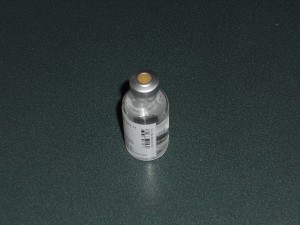Uncontrolled, poor control, poorly controlled, bad control, and even their counterparts good control, well controlled, and so on. These words, along with compliance and adherence, comprise the language of judgment, shame, blame, and guilt in diabetes. They focus on failure. And it’s time to change this.
There is a language movement going on in diabetes. It’s actually been going on for decades and it’s finally getting some traction. We have a paper jointly published by the American Association and Diabetes Educators and the American Diabetes Association. We also have resources for health care professionals and lay people, and another one for media writers.
People are blogging about language, speaking publicly about language, discussing language, helping industry with language, and generally the word is getting out!
I even heard someone say not too long ago, “compliance, adherence, and diabetic – no one uses those words anymore.” I am thrilled that this person has observed a change in the language of diabetes. I have too, in many circles. Unfortunately the negative, stigmatizing, judgmental language that contributes to failure and perpetuates a failure-based health care system is alive and well. And we need your help changing that.
Here’s what you can do:
- become aware of the language you see (in print), hear (others saying) and speak (yourself!)
- think about how it makes you and others feel
- work to change it
Changing our words is relatively simple – it takes time and attention, just like any new habit, and eventually it becomes natural. It doesn’t cost anything – what else can you think of that makes a huge impact and is free?
It’s much easier to focus on success when we use positive, empowering, strengths-based messages. Try it and see/hear!







